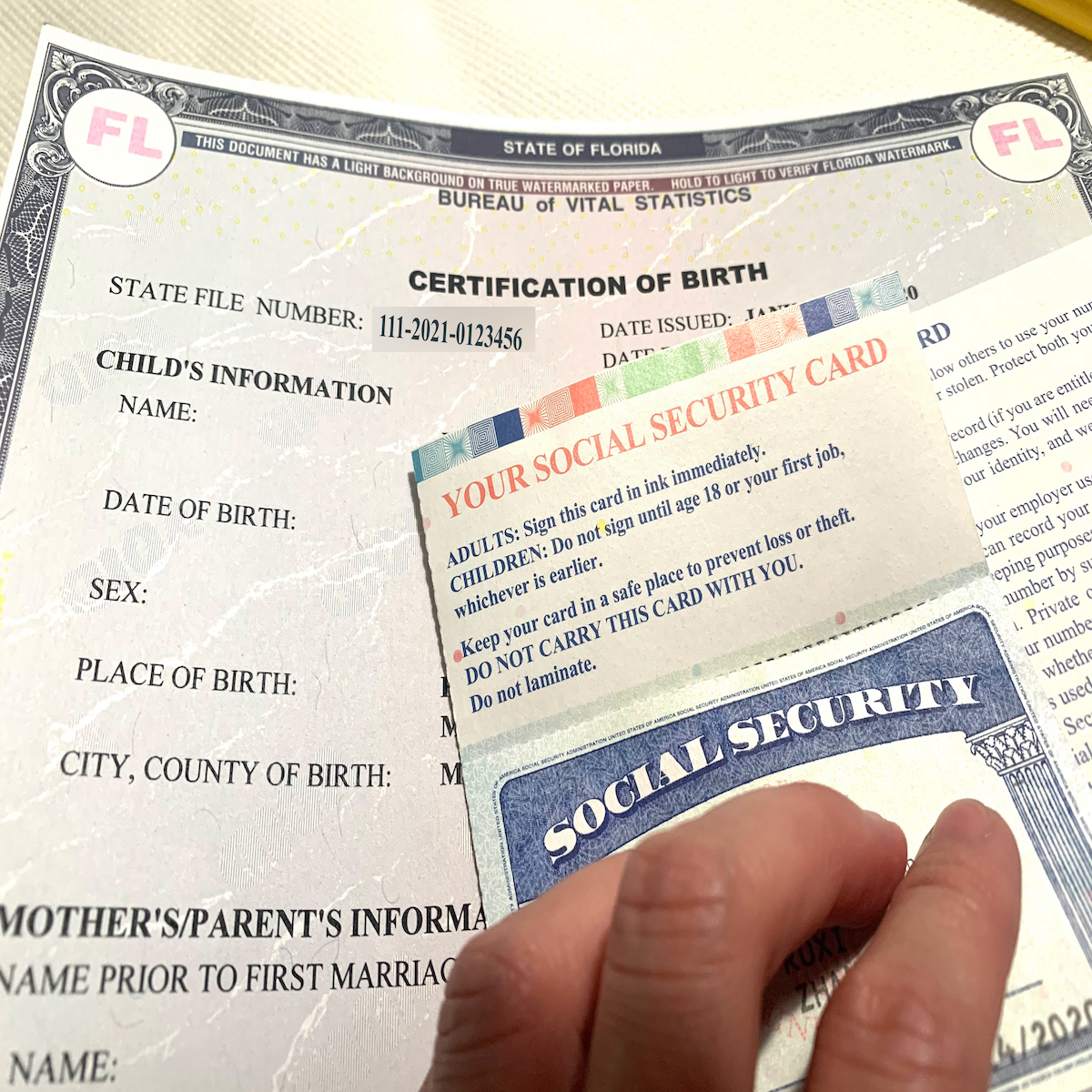
Curious about your family’s past? You don’t need expensive tools to start building your family tree. A free lineage search helps you trace your roots, connect with family members, and learn about your heritage—all without paying a dime. With the right search terms and smart search tools, anyone can begin their genealogical research. In this guide, we’ll explore the best free genealogy websites, how to use them effectively, and tips for organizing your findings. What Is a Lineage Search?
A lineage search involves tracing your direct family line—like following your father’s father or your mother’s mother through historical records. It’s slightly more focused than general genealogy, which may include cousins and in-laws. These searches give you insight into your great grandparents, cultural roots, and even potential health clues. Best of all, many tools let you do this for free and in real time.
Best Free Lineage Search Sites
You don’t need a subscription to begin. Here are some of the top free genealogy sites trusted by beginners and experienced family historians: FamilySearch.org – A nonprofit site with billions of records from around the globe. Ideal for starting to build your family tree.
WikiTree.com – A global family tree where people collaborate to connect and edit shared ancestor profiles.
USGenWeb Project – A volunteer-run archive of local history and state censuses across the United States.
National Archives and Records Administration (NARA.gov) – Offers digitized census records, military files, and immigration data from the federal government.
Find A Grave & BillionGraves – Search for gravesites with photos and burial data.
Access Genealogy – Especially useful for Native American records and state-based searches.
Cyndi’s List – A curated directory linking thousands of genealogy websites and free tools.
Each free lineage search platform brings unique strengths. Trying two or more can improve your search results.
How to Use These Tools Effectively
Start by listing names, birthplaces, and dates of your closest known relatives. Then use these strategies: Use advanced search options when available.
Try name variations and phonetic spellings
Focus on census records, military service files, and marriage or death certificates.
Many public libraries offer access to genealogy databases, including paid ones.
Don’t forget search engines like Google Search. Searching “[ancestor’s name] + obituary” or “[surname] + county records” often yields helpful clues. Joining genealogy groups on social media (like Facebook or Reddit) can also bring real-time advice from fellow researchers.
Tips for Organizing Your Research
Keeping things organized makes a big difference. Use free or freemium genealogy software (like Gramps or MyHeritage’s free tier).
Back up your findings regularly
Save citations—know where each document came from.
Keep track of which search tools gave the best search results.
Many platforms even let you download printable charts or export files for sharing with relatives.
Limitations of Free Lineage Tools
Free genealogy tools are a great starting point, but they have limits. Some records may be incomplete or locked behind premium features. You might see ads or be unable to export large trees. Consider upgrading later if you want access to full document scans or international records. Still, most people find free tools more than enough to begin tracing your family tree.
Privacy & Data Considerations
Be cautious when adding living family members to public trees. Some platforms make trees searchable by default, so adjust your settings. If you upload raw DNA to third-party sites, read the terms carefully. Some may share or analyze your data beyond what you expect. Always prioritize your privacy and that of your relatives. What Does Our Internal Survey Say?
We surveyed 1,123 users about which DNA test works best with free genealogy efforts. Here’s what we found: AncestryDNA had the highest satisfaction rate for genealogical research (64%).
It was the most recommended overall, with a 68.2% recommendation rate.
Users especially liked it for building family trees and connecting to unknown relatives.
If you want to pair your free lineage search with DNA later, AncestryDNA may offer the best results.
Conclusion
You don’t need a paid subscription or fancy software to get started. With today’s free lineage search tools, you can uncover generations of stories, names, and connections. Use trusted platforms like FamilySearch and WikiTree to begin. Combine their power with tips from social media, public libraries, and search engines for deeper insights. As you explore, remember: every document is a clue, every name a connection. Whether you’re just curious or a dedicated family historian, your journey begins with a single search. Start today. Use a free genealogy site and begin building your family tree—one ancestor at a time.




.png)






